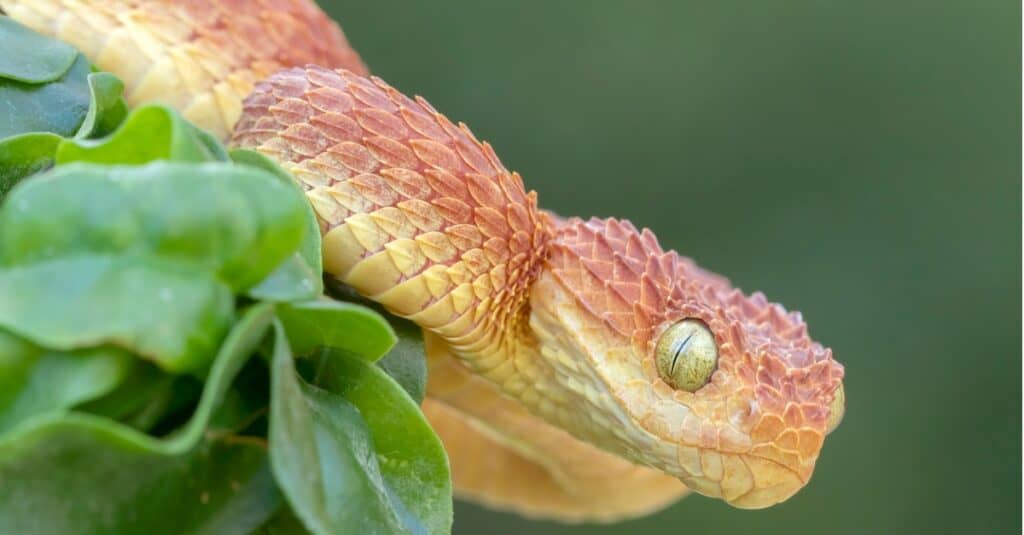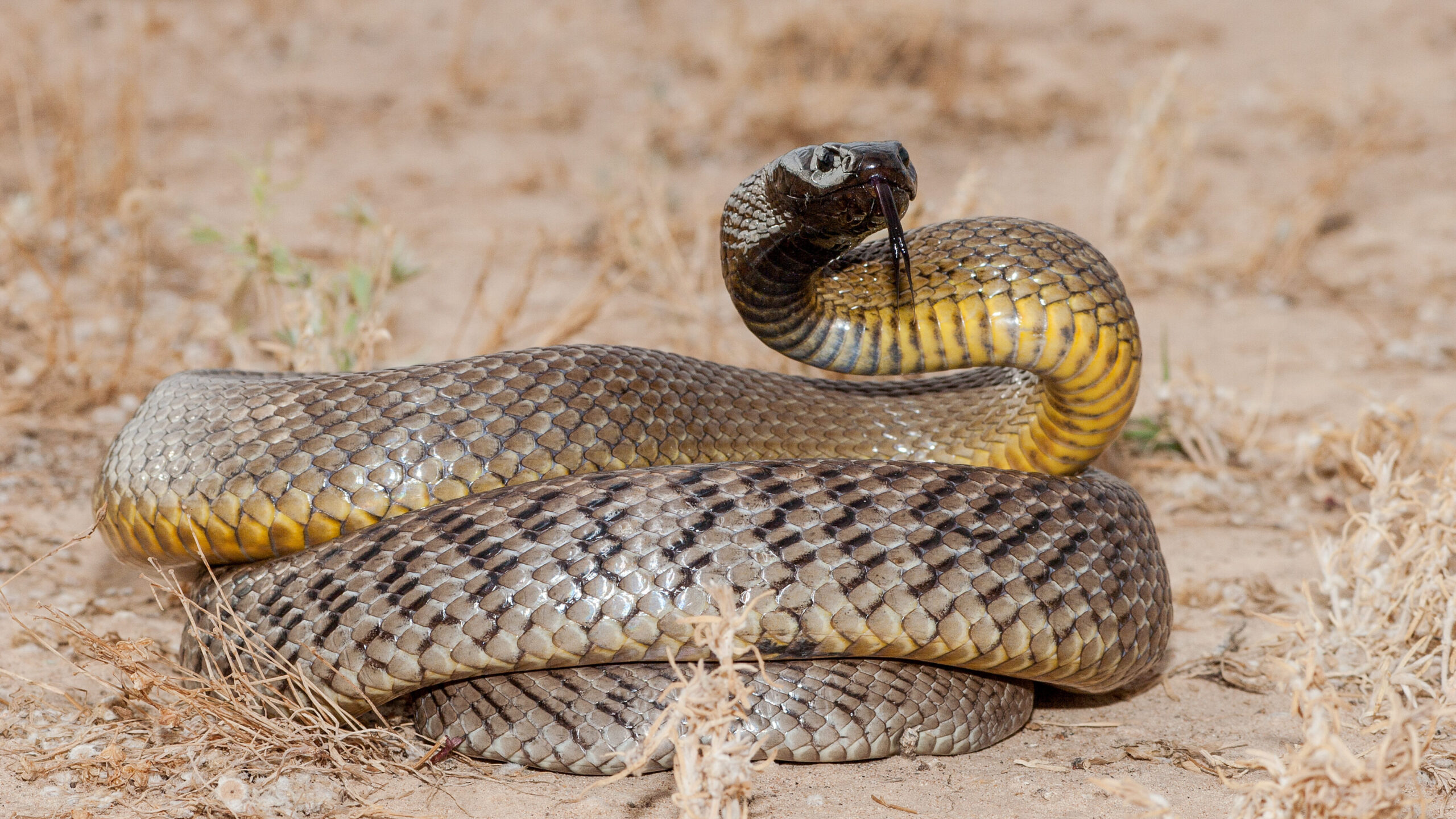Introduction
Australia, a land of diverse wild animals, is home to numerous fascinating creatures, including snakes that can motivate both admiration and concern. Amongst these snakes is the tiger snake, known for its striking look and credibility as a venomous killer. Because of this, one concern frequently develops: Are tiger snakes venomous? This post will certainly look into the misconceptions and facts bordering tiger serpents, their habitat, behavior, medical effects of their attacks, and much more.
Are Tiger Snakes Venomous?
When it concerns the inquiry of whether tiger serpents are venomous, the response is a resounding yes. Tiger snakes (Notechis scutatus) are undoubtedly venomous and ranking amongst one of the most hazardous snakes in Australia. Their venom consists of potent neurotoxins that can lead to paralysis and also fatality if not treated promptly.
While deaths from tiger serpent attacks have come to be much less typical due to improvements in clinical therapy and antivenom accessibility, this does not diminish the requirement for care when coming across these reptiles. The prospective results of a tiger snake bite include extreme pain at the site of the bite, swelling, nausea, problem breathing, and neurological signs and symptoms such as weak point or paralysis.
Types of Tiger Snakes
In Australia, there are numerous identified subspecies of tiger snakes:
- Eastern Tiger Serpent (Notechis scutatus): Discovered largely in southeastern Australia. Tasmanian Tiger Serpent (Notechis scutatus): A subspecies found just in Tasmania. Black Tiger Snake: Recognized for its darker coloration.
Each of these species has variants in size and habits yet shares similar poison characteristics.
The Environment of Tiger Snakes
Where Do They Live?
Tiger serpents are versatile creatures found across various environments throughout Australia. They generally occupy seaside regions however can likewise be found in marshes, swamps, waterfronts, and woodlands. Their choice for moisture-rich environments makes them experienced swimmers; hence they prosper near water bodies like lakes or marshes.
Geographical Distribution
- Southeastern Coast: Home to Eastern tiger snakes. Tasmania: Controlled by Tasmanian tiger snakes. Northern Regions: Where you may come across much less commonly seen variants.
Habitat Preferences
Tiger serpents like locations with abundant cover where they can hide from killers while hunting for victim. They typically search tiny creatures, frogs, birds, and even fish-- making them functional seekers within their environmental niche.
The Composition of a Tiger Snake
Physical Characteristics
Tiger snakes possess unique physical characteristics that separate them from other Australian reptiles:


- Coloration: Typically grouped with yellow or light-colored stripes on a dark background. Size: They can grow up to 2 meters long; however, ordinary sizes range in between 1.2 to 1.5 meters.
The distinct coloration offers both as camouflage against predators and while tracking target in their natural habitat.
Behavioral Traits
Understanding the behavior patterns of tiger serpents is vital for those living within their geographical variety:
- Nocturnal Activity: They are mostly active during the night but may additionally search during the day. Defensive Behavior: When intimidated, tiger snakes may hiss loudly or squash their bodies-- an indication indicating they feel cornered.
Tiger Serpent Bite Symptoms
If bitten by a tiger serpent, individuals should watch for details signs and symptoms that materialize soon after:
Severe localized pain Swelling around the bite area Nausea or vomiting Difficulty breathing Neurological signs and symptoms such as muscle weaknessIt's essential never ever to undervalue these indicators; prompt clinical focus is important adhering to any type of serpent bite incident.
First Aid for Snake Bites
Immediate Actions After a Bite
Knowing just how to respond promptly can save lives when managing potential snake attacks:
Stay calm and still-- activity increases venom spread. Call emergency situation services immediately. Keep the influenced limb paralyzed listed below heart level. Avoid cutting or drawing out poison; this old partners' story can get worse conditions. Remove tight clothing or fashion jewelry near the bite site.First Aid Package Fundamentals for Snake Bites
A well-stocked first aid set ought to consist of items especially valuable in dealing with serpent attacks:
|Thing|Objective|| --------------------------------|-----------------------------------------------|| Clean and sterile bandages|To cover wounds|| Disinfectant wipes|To cleanse around bite location|| Emergency situation contact numbers|For fast accessibility Hydration Therapy throughout emergency situations|| Compression bandage|To assist paralyze affected limb|
Proper preparation can make all the distinction when an emergency situation strikes.

Fact vs Myth Concerning Tiger Snakes
Myth 1: All Snakes Are Aggressive
Contrary to usual idea, not all serpent types show aggressiveness in the direction of human beings. In fact, many would rather retreat than challenge us.
Myth 2: A Bite Always Brings About Death
While deadly attacks do happen-- thanks mostly to delayed treatment-- most of attacks are non-fatal if dealt with promptly with antivenom.
Myth 3: You Can Suck Out Venom
This commonly held belief is incorrect; attempting to draw out poison just boosts issues instead of easing them!
FAQs
1. Are baby tiger snakes much more hazardous than adults?
Baby tiger serpents may have much less poison than adults but frequently deliver attacks readily because of being even more frightened.
2. How much time does it consider signs and symptoms to show up after a bite?
Symptoms typically appear within minutes but can sometimes take hours depending on aspects like individual wellness conditions.
3. What should I do if I see a tiger snake?
Maintain range! Prevent provoking it; most experiences end without case if you appreciate their space.
4. Is there an antivenom readily available for tiger snake bites?
Yes! Antivenom exists especially formulated for dealing with illnesses brought on baby eastern brown snake by tiger snake attacks-- it's vital to seek professional medical aid immediately!
5. Can I keep a tiger serpent as a pet?
Keeping any kind of wild snake species positions substantial risks due primarily to their breeding habits & & dietary requirements-- it's best left in nature!
6. Exactly how widespread are serpent attacks in Australia?
Australia sees countless snakebite instances yearly; however casualties have actually lowered substantially many thanks largely due enhanced awareness & & medical care access!
Conclusion
In verdict, recognizing whether "Are Tiger Snakes Venomous?" lugs significant ramifications for individual safety and security when interacting with these interesting reptiles native to Australia's diverse ecosystems can not be overstated!
Arming ourselves with knowledge regarding these creatures-- from their habitats and behaviors down through efficient first aid practices-- encourages us toward more secure coexistence alongside wildlife while mitigating risks associated with unintended encounters!
By promoting education about our setting's details-- not just focusing solely on worry-- we pave pathways in the direction of much better gratitude & & conservation efforts benefiting both mankind & & nature alike!